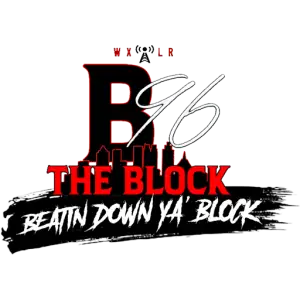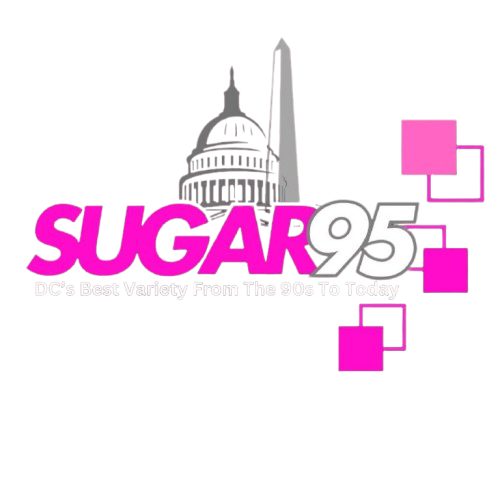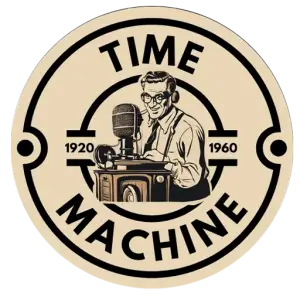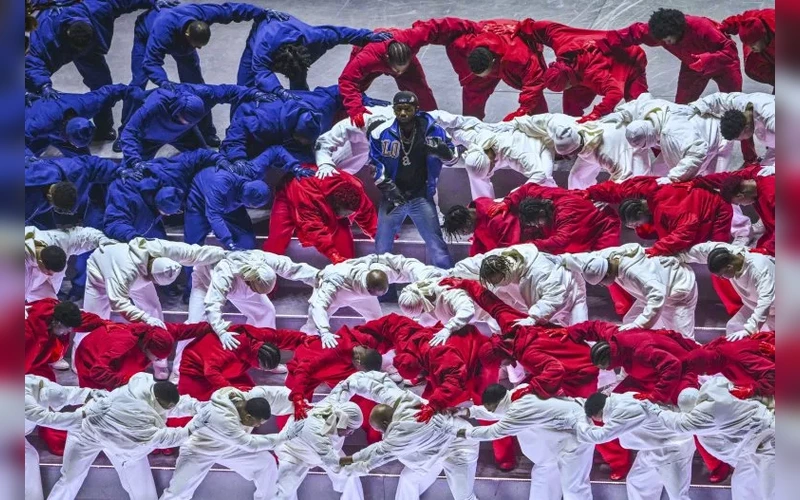Kendrick Lamar’s Super Bowl LIX Halftime Show: A Performance with a Message
Kendrick Lamar’s Super Bowl LIX halftime show was not just a performance—it was a powerful statement. Through vivid imagery, symbolic clothing, and thoughtfully crafted moments, Lamar used the global stage to deliver significant cultural and political commentary. From Samuel L. Jackson’s depiction of Uncle Sam to Lamar’s “Gloria” jacket and layered allusions to American history, the performance is likely to be discussed for years.
The Significance of Lamar’s Performance
The Super Bowl halftime show is one of the most-watched televised events globally, providing artists with a rare chance to reach millions. Lamar, known for his socially conscious lyrics and provocative visuals, transformed his performance into a platform for contemplating race, power, and American identity. By incorporating historical and political symbolism, he continued his tradition of using music as a vehicle for storytelling and activism.
Lamar’s Performance at the Apple Music Halftime Show
Kendrick Lamar took the stage during the Apple Music Halftime Show at Super Bowl LIX at Caesars Superdome in New Orleans, Louisiana, on February 9, 2025. His attire, including a black letterman-style jacket with “GLORIA” on the front, referenced his song of the same name, which features SZA. The back of the jacket highlighted “pgLang,” Lamar’s creative company, and “Compton,” a tribute to his hometown.
The Mystery of Kendrick Lamar’s “A” Necklace
A notable element of Lamar’s outfit was his necklace featuring a bold “A.” Speculations suggest it could symbolize “authenticity,” “ancestry,” or “ambition.” While not confirmed, fans linked this piece to his viral diss track “Not Like Us,” particularly the line “Trying to strike a chord, and it’s probably A minor,” a jab at his rival Drake.
Samuel L. Jackson as Uncle Sam
A key symbolic moment was the appearance of Samuel L. Jackson, dressed as Uncle Sam, who introduced Lamar by saying, “It’s your Uncle…Sam, and this is the great American game.” Jackson’s role was interpreted as representing a “sanitized” version of America that tries to control Black artists’ expressions. His comment on Lamar’s performance being “too ghetto” before being silenced was seen as a critique of how Black voices are often monitored in mainstream spaces.
Symbolic Message from Halftime Dancers
The dancers, dressed in red, white, and blue, formed shapes resembling the American flag. At one point, Lamar stood in the center, seemingly dividing them—a visual metaphor for America’s ongoing racial and political divisions.
Serena Williams’ Surprise Appearance
An unexpected moment was tennis icon Serena Williams’ appearance, performing the Crip Walk. Given Williams’ past rumored relationship with Drake, this was seen as a nod to Lamar’s feud with the rapper, especially since he performed “Not Like Us,” his diss track aimed at Drake. Williams, a cultural icon beyond sports, added a significant layer to Lamar’s narrative.
Lamar’s Reference to Drake Lawsuit
One of the performance’s most discussed moments was Lamar’s nod to his feud with Drake. Midway through the show, he addressed the audience with, “They tried to rig the game, but you can’t fake influence,” seen as a response to Drake’s lawsuit against Universal Music Group. The closing phrase “game over” emphasized Lamar’s position in the dispute.
Public Reactions
Political influencer Henry Sisson commented on social media, highlighting Lamar’s confrontation of then-President Donald Trump, noting that Trump’s early departure from the event was significant. Another observer pointed out that Lamar’s performance, while perhaps not to everyone’s taste, was devoid of controversy, urging conservatives to recognize it as a win. Lamar’s show will likely continue to be analyzed for its cultural and political implications, with fans anticipating how these themes will carry over to his upcoming Grand National Tour with SZA.






















